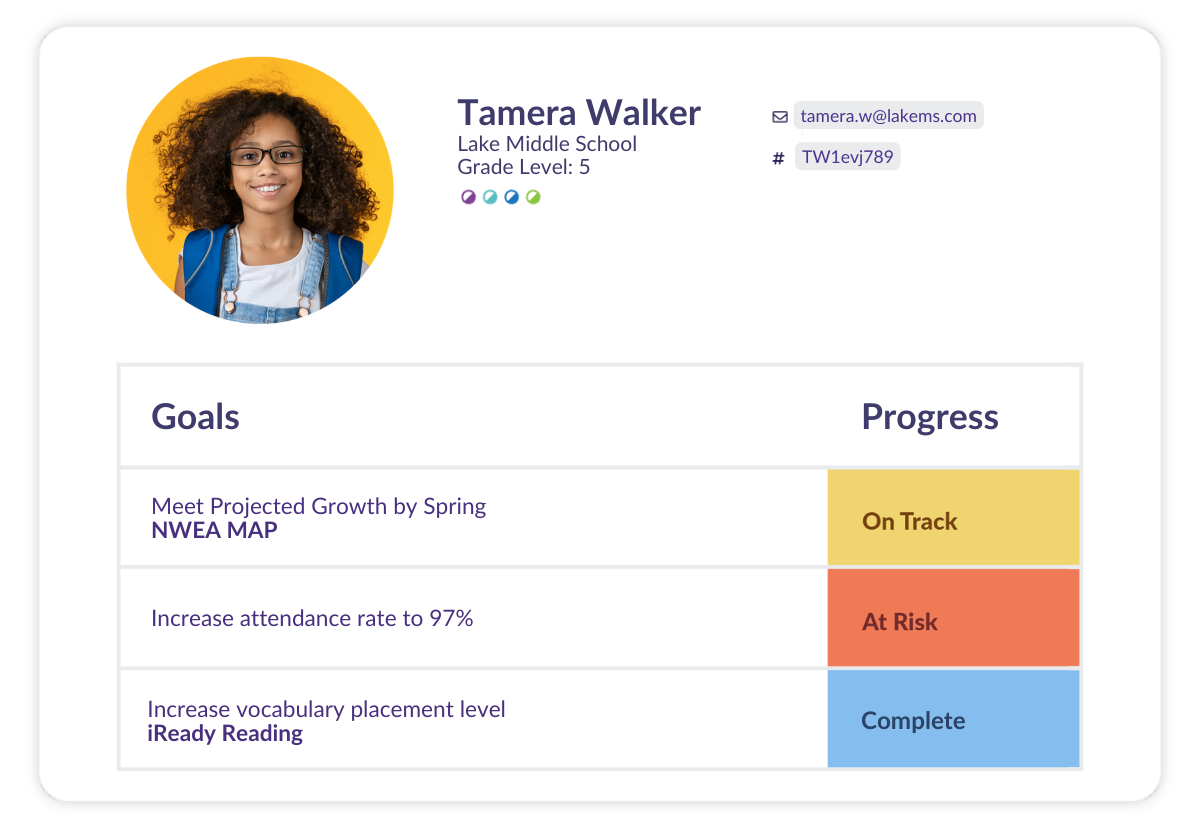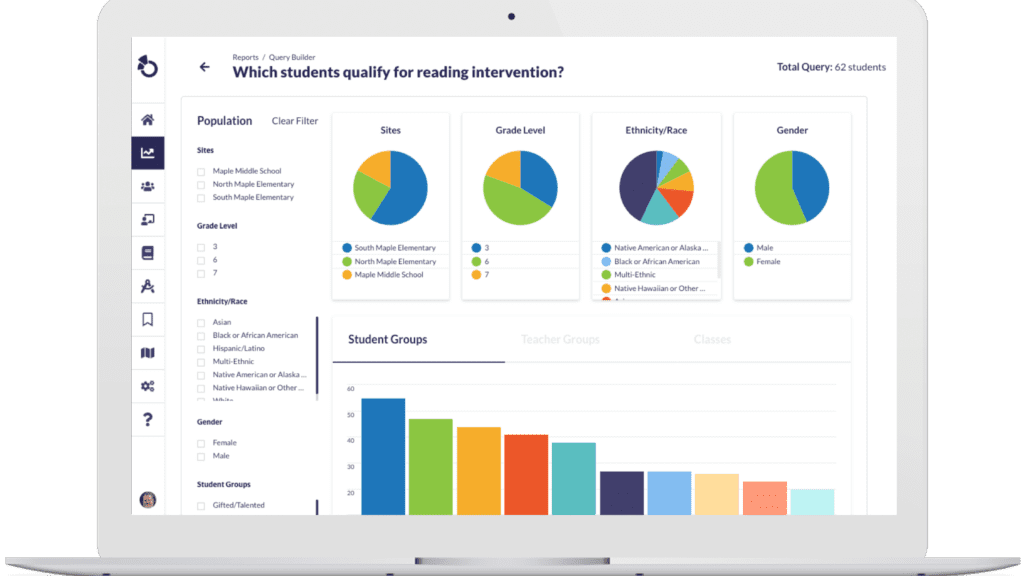Addressing Chronic Absenteeism and Engagement: A Conversation with K-12 Leaders
By: Kendell Hunter
The national average rate of chronic absenteeism in K-12 schools has significantly increased in recent years. Chronic absenteeism is generally defined as missing at least 10 percent of school days a year, equating to 18 days in a typical 180-day school year.
Research shows that chronically absent students are at higher risk for adverse outcomes later in life, including diminished health, increased involvement in the criminal justice system, and fewer job opportunities.
In this webinar, K-12 leaders share the current state of chronic absenteeism in their school districts and discuss:
- The impact of absenteeism beyond academic performance
- The role of school climate and culture in influencing student attendance and engagement
- Strategies to boost attendance
It’s important to understand that tackling absenteeism isn't just about focusing on the numbers; it's about understanding and addressing the reasons students might not want to come to school. By creating a welcoming, engaging, and supportive learning environment, we can help students feel more connected to their education.
Three Key Takeaways About Absenteeism and Engagement
The Impact of COVID-19 on Student Attendance & Engagement
To put it simply, the pandemic changed how students feel about school. Many students find it harder to stay motivated and interested in their classes now, more than during the actual pandemic. This situation shows us how important it is to find new ways to make school exciting and engaging for everyone, helping students want to come to class every day.
The Role of Social and Emotional Factors in Student Attendance
Students skip school for a myriad of reasons, but a big one is not feeling like they fit in or have friends there. When students don't have good relationships with their teachers or don't feel welcome in class, they're more likely to stay home. Making sure every student feels included and important can help them feel more excited about coming to school.
Strategies for Re-engaging Students
To get students interested in school again, it's all about forming connections and making learning fun and relevant. When students know their teachers care and feel like they're part of a school community, they're more likely to show up and take part in class. It's also crucial to help students who are struggling with schoolwork or other issues, showing them that school is a place where they can succeed and feel supported.
How Technology Can Help Teachers to Support Chronically Absent Students
Otus progress monitoring plans enable educators to develop customized interventions tailored to the specific needs of chronically absent students. These interventions may include individualized support, counseling services, family outreach, referrals to community resources, and more.

“We've started using the Otus platform as an early warning system to see a correlation between lack of attendance and lower performing students. Especially for the teachers, and then when you're having parent meetings, to be able to sit down with them and show the negative impact that absenteeism can have on students is powerful.”
Stephanie Lammlein
Chief Administrative Officer/Superintendent
,
Bio-Med Science Academy (STEM) School
To learn more about how Otus can help support students who are chronically absent, request a demo.
Learn how Otus can offer powerful support for chronically absent students in our related article, "How K-12 Schools Can Use Technology to Support Chronically Absent Students."
Related Resources
Request a demo!
See exactly how Otus can help your school accelerate student growth and improve student outcomes – all while saving educators time.




